As Goes Fertilizer, So Goes the Market?
The dirt-cheap shares of Mosaic and Potash appear to be pricing in a deep worldwide recession.

A recession may force consumers to drive less, shop less and buy cheaper items when they do shop, but it won't throw the world into utter starvation.
You wouldn't know it to look at the prices on some agriculture stocks. After each surrendered 9% on October 6, Potash Corp. of Saskatchewan (symbol POT) and Mosaic Company (MOS), two leading fertilizer producers, are now 64% and 77% off their mid-June highs, respectively. Potash, at $86.91, is trading for four times estimated 2009 profits of $21.50 per share, while Mosaic, at $37.16, is going for just three times estimated profits for the fiscal year that ends May 2009. In case you miss the point, stocks with those kinds of price-earnings ratios are cheaper than dirt cheap.
The fertilizer stocks seem to be feeling the worst of a broader selloff in materials stocks. The Vanguard Materials ETF is down 40% from its mid-May peak.
From just $107.88 $24.99 for Kiplinger Personal Finance
Become a smarter, better informed investor. Subscribe from just $107.88 $24.99, plus get up to 4 Special Issues

Sign up for Kiplinger’s Free Newsletters
Profit and prosper with the best of expert advice on investing, taxes, retirement, personal finance and more - straight to your e-mail.
Profit and prosper with the best of expert advice - straight to your e-mail.
If the market is truly an accurate discounting machine, then the future of the world looks awfully bleak. At the very least, the market is saying that the earnings estimates for Potash and Mosaic are in La La Land. "These stocks are pricing in a deep worldwide recession," says James Swanson, chief investment strategist of MFS Investment Management.
But some analysts think the selloff looks like the work of frantic hedge funds facing investor redemptions or liquidation. "Hedge funds are a big portion of the market now, and everyone's trying to raise cash," says Greenwich Consultants analyst Michael Judd. "Now hedge funds are being forced to sell what had been their winners," he says.
Indeed, the stocks were high-fliers through the first half of the year. In the year leading up to their mid-June peaks, shares of Potash and Mosaic gained, respectively, 210% and 315%. Driving the companies' seemingly limitless profit growth has been growing wealth in emerging markets. That has led to growing demand for better and more-nutritious foods and that has caused potash prices to soar 300% over the past two years.
Standard & Poor's analyst Richard O'Reilly says that, so far, the big picture for these companies hasn't changed: More people than ever need to be fed, and there's less arable space to raise all those crops. That means farmers need fertilizer to up production. "We're not going to be eating less next year and neither are the Chinese or the Indians," O'Reilly says.
Bob Froehlich, chief strategist for DWS Investments, agrees that the stock prices seem disconnected from reality: "With these prices, investors are saying that fundamentals don't matter anymore."
Granted, it's plausible that profit estimates have become a bit overambitious. On October 1, Mosaic reported profits per share of $2.65 for the quarter that ended August 31 -- a 284% profit increase over that same quarter in 2007. Yet investors sold the stock off 40% that day because profits missed analyst expectations by 29 cents per share.
It's also plausible that these dirt-cheap shares could still get cheaper. After all, as the credit crunch continues to play out, Wall Street is working through a giant de-leveraging process, and it's unclear how much more selling hedge funds and other investors may need to do. Plus, "emotional investors often don't know when to stop," Swanson says.
But Potash and Mosaic could prove to be rewarding long-term investments if you're willing to sit tight should sellers continue to pound the shares. "These are the times when you actually make money," says Froehlich. "This is like another chance at joining the commodity boom."
Profit and prosper with the best of Kiplinger's advice on investing, taxes, retirement, personal finance and much more. Delivered daily. Enter your email in the box and click Sign Me Up.

-
 Dow Adds 646 Points, Hits New Highs: Stock Market Today
Dow Adds 646 Points, Hits New Highs: Stock Market TodayIt was "boom" for the Dow but "bust" for the Nasdaq following a December Fed meeting that was less hawkish than expected.
-
 5 Types of Gifts the IRS Won’t Tax: Even If They’re Big
5 Types of Gifts the IRS Won’t Tax: Even If They’re BigGift Tax Several categories of gifts don’t count toward annual gift tax limits. Here's what you need to know.
-
 The 'Scrooge' Strategy: How to Turn Your Old Junk Into a Tax Deduction
The 'Scrooge' Strategy: How to Turn Your Old Junk Into a Tax DeductionTax Deductions We break down the IRS rules for non-cash charitable contributions. Plus, here's a handy checklist before you donate to charity this year.
-
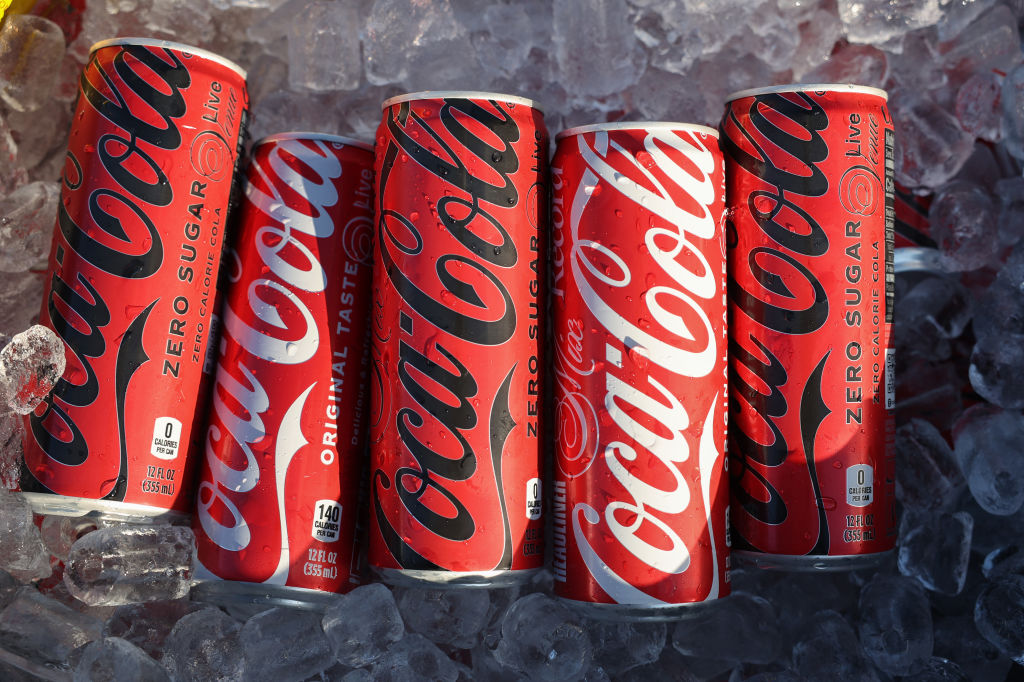 If You'd Put $1,000 Into Coca-Cola Stock 20 Years Ago, Here's What You'd Have Today
If You'd Put $1,000 Into Coca-Cola Stock 20 Years Ago, Here's What You'd Have TodayEven with its reliable dividend growth and generous stock buybacks, Coca-Cola has underperformed the broad market in the long term.
-
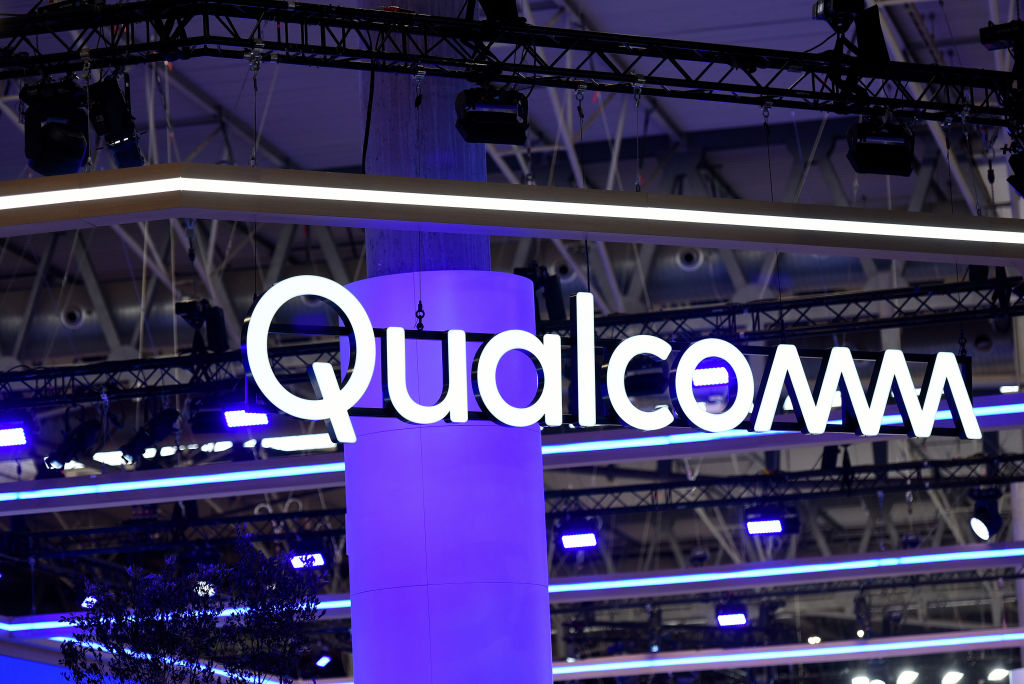 If You Put $1,000 into Qualcomm Stock 20 Years Ago, Here's What You Would Have Today
If You Put $1,000 into Qualcomm Stock 20 Years Ago, Here's What You Would Have TodayQualcomm stock has been a big disappointment for truly long-term investors.
-
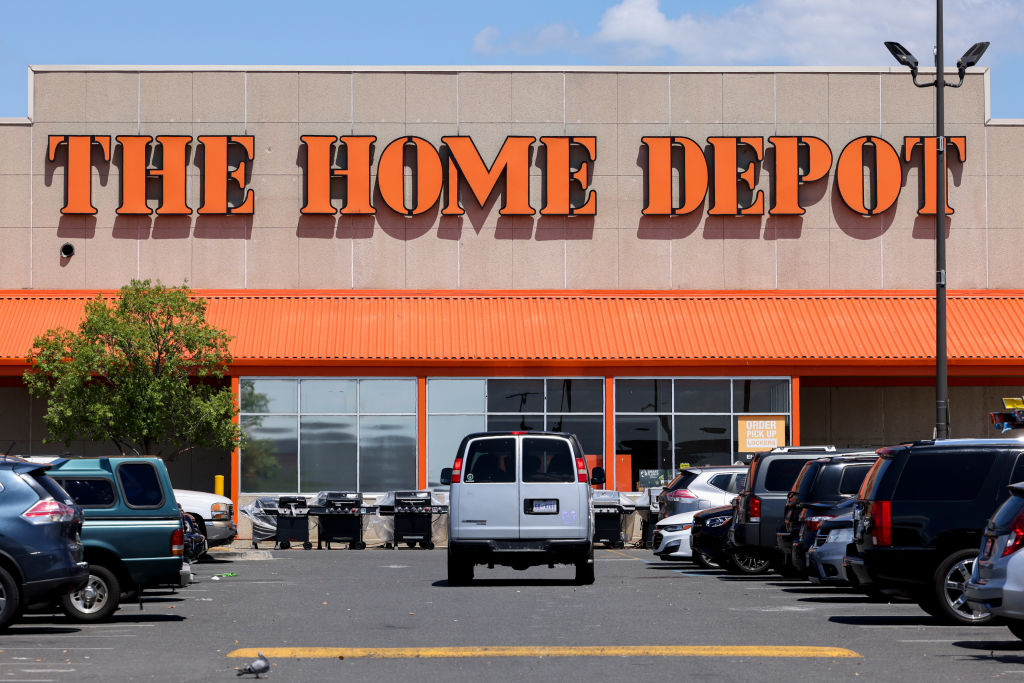 If You'd Put $1,000 Into Home Depot Stock 20 Years Ago, Here's What You'd Have Today
If You'd Put $1,000 Into Home Depot Stock 20 Years Ago, Here's What You'd Have TodayHome Depot stock has been a buy-and-hold banger for truly long-term investors.
-
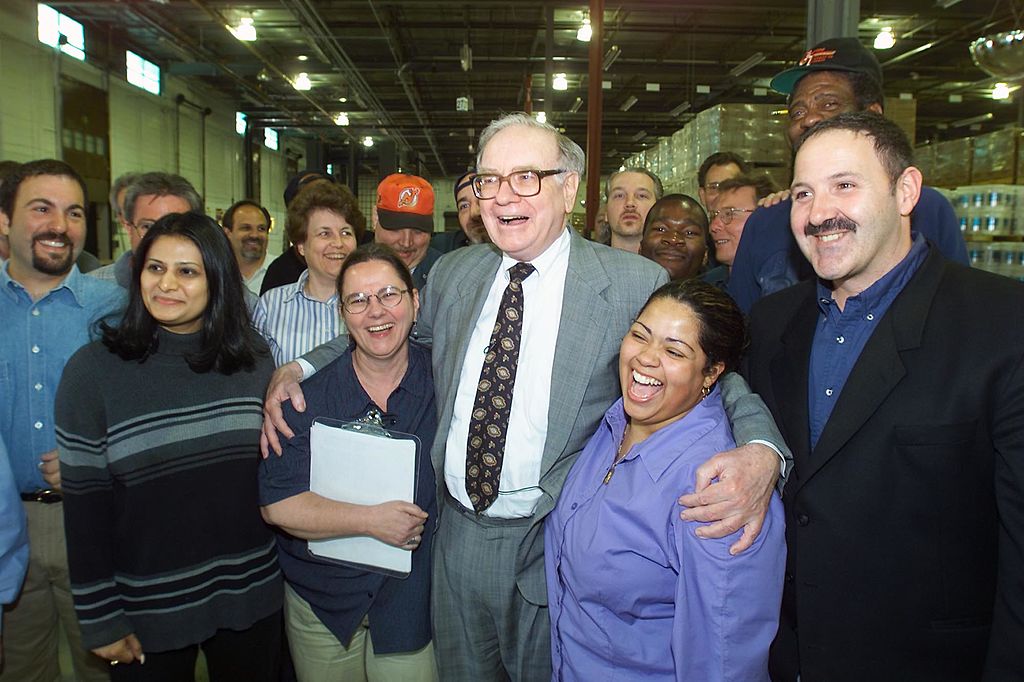 What the Rich Know About Investing That You Don't
What the Rich Know About Investing That You Don'tPeople like Warren Buffett become people like Warren Buffett by following basic rules and being disciplined. Here's how to accumulate real wealth.
-
 If You'd Put $1,000 Into Bank of America Stock 20 Years Ago, Here's What You'd Have Today
If You'd Put $1,000 Into Bank of America Stock 20 Years Ago, Here's What You'd Have TodayBank of America stock has been a massive buy-and-hold bust.
-
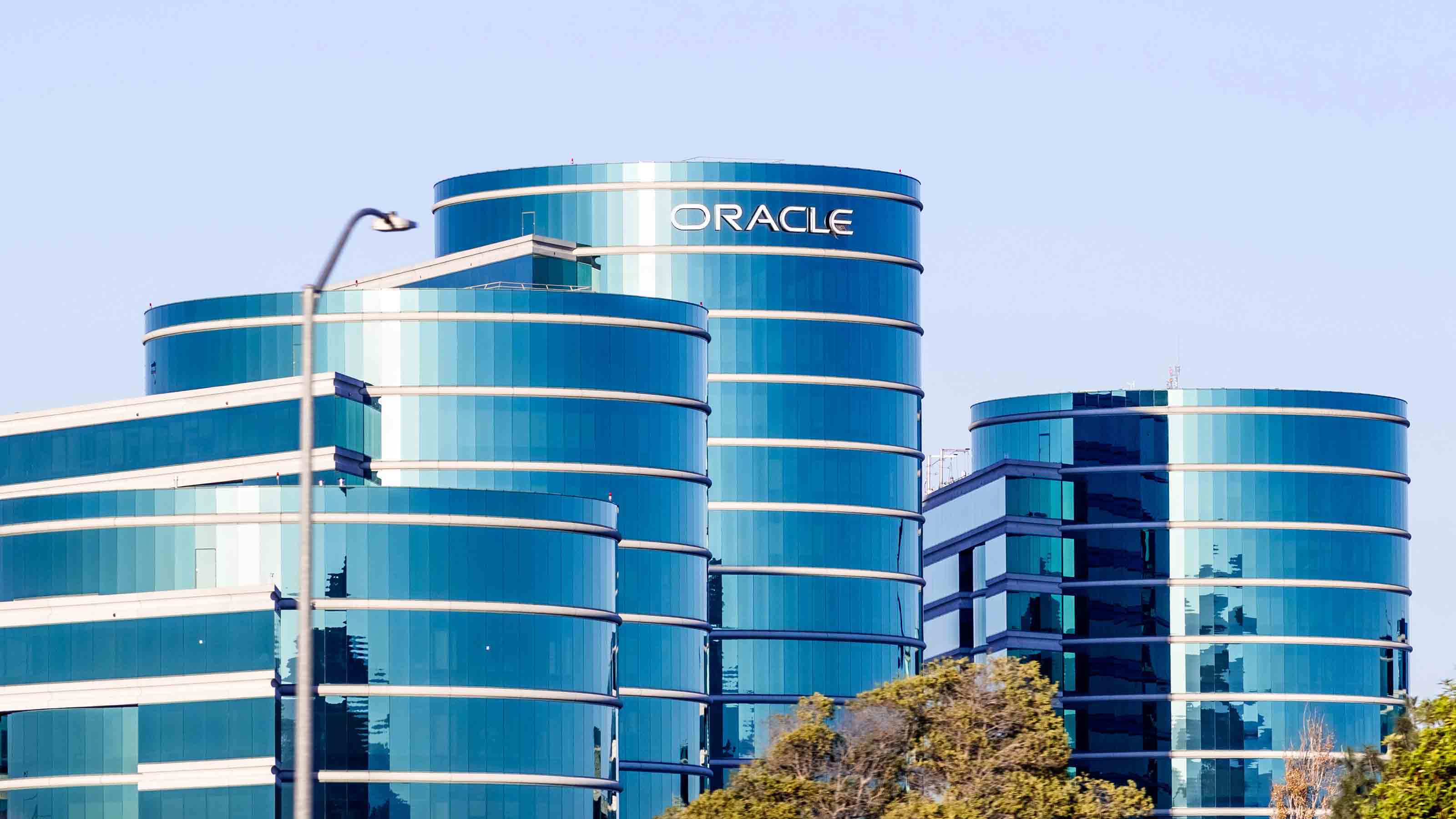
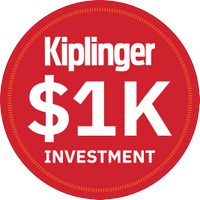 If You'd Put $1,000 Into Oracle Stock 20 Years Ago, Here's What You'd Have Today
If You'd Put $1,000 Into Oracle Stock 20 Years Ago, Here's What You'd Have TodayORCL Oracle stock has been an outstanding buy-and-hold bet for decades.
-
 How to Invest for Rising Data Integrity Risk
How to Invest for Rising Data Integrity RiskAmid a broad assault on venerable institutions, President Trump has targeted agencies responsible for data critical to markets. How should investors respond?
-
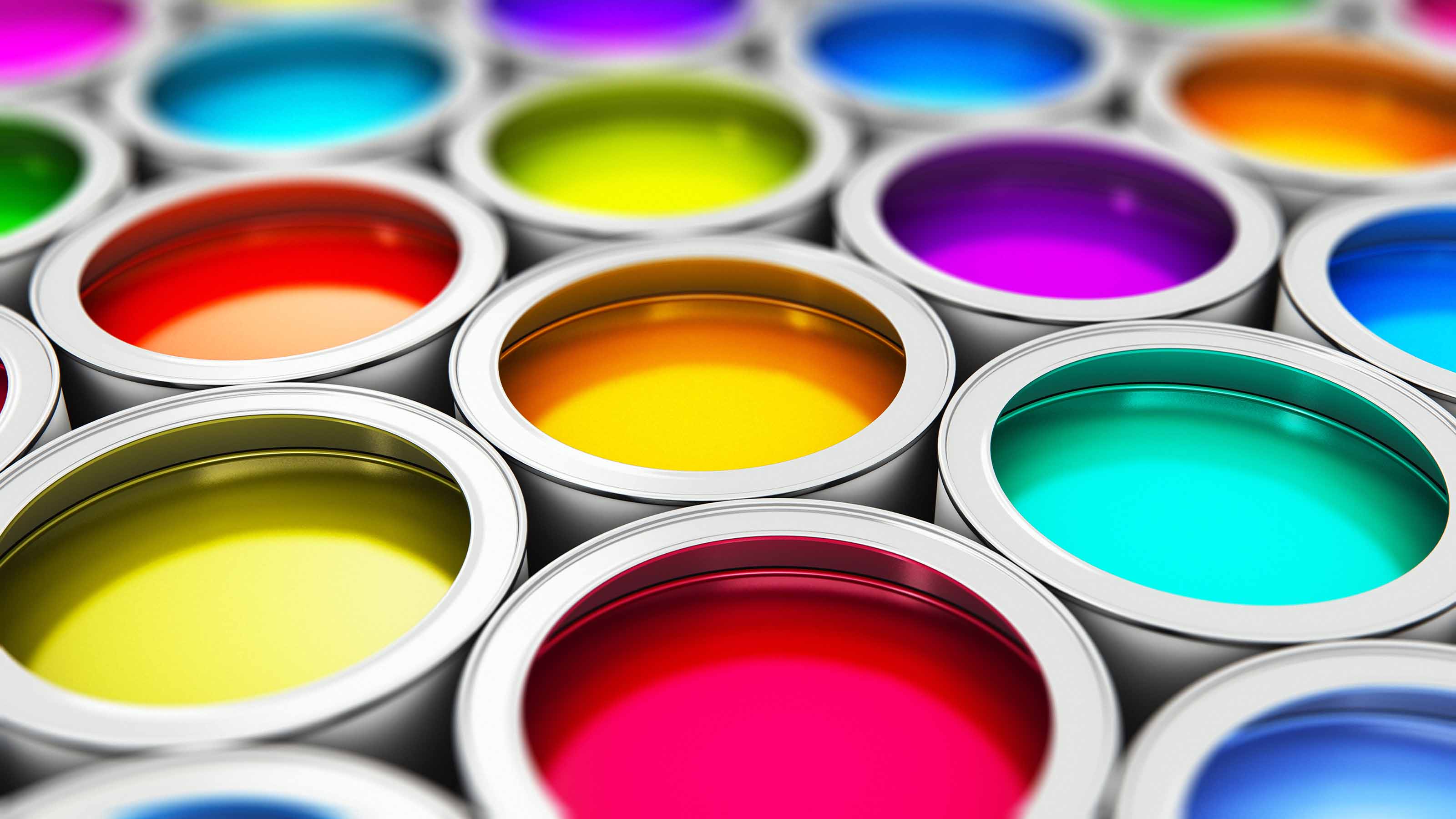 If You'd Put $1,000 Into Sherwin-Williams Stock 20 Years Ago, Here's What You'd Have Today
If You'd Put $1,000 Into Sherwin-Williams Stock 20 Years Ago, Here's What You'd Have TodaySherwin-Williams stock has clobbered the broader market by a wide margin for a long time.